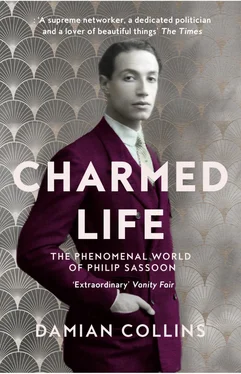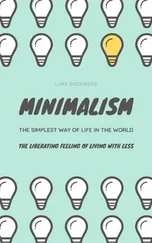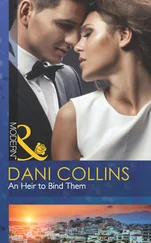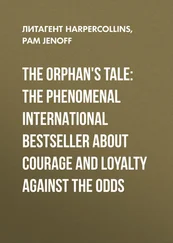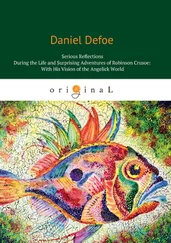There can be no denying that in the Eton of my time a good deal of this sort of thing went on, but to speak of it as homosexuality would be unduly ponderous … I can only say that, in all cases of which I have been able to check up on the subsequent history, no irretrievable harm seems to have been done. Some of the most depraved of the boys I knew at Eton have grown into respectable fathers of families, and one of them who, in my day, was a byword for scandal has since become a highly revered dignitary of the Church of England. 43
Many of Philip’s friends in the inter-war period were, however, either gay or bisexual, including Berners himself, Glyn Philpot, Philip Tilden, Bob Boothby, Cecil Beaton, Rex Whistler, Noël Coward and Lytton Strachey. During a First World War military service tribunal, when Strachey was asked, ‘Tell me, Mr Strachey, what would you do if you saw a German soldier trying to violate your sister?’, he famously replied, ‘I would try to get between them.’ 44Sassoon was certainly at home in the private and bohemian world these men enjoyed, but he also had many close friendships with women, in particular with the writers Marie Belloc Lowndes and Alice Dudeney, and the garden designer Norah Lindsay. These relationships were not romantic, mostly based on mutual interests and an easy personal rapport. Alice Dudeney did note one occasion in her diary while staying with Philip in Park Lane, when he was ‘very restless’, and told her, ‘I’m one of those people who can’t say things. I want helping out.’ Alice recalled that, at the end of their conversation, Philip ‘just laughed and stooping kissed me – for the first time. I was very much stirred as – clearly – was he.’ 45There was certainly no affair between Philip and Alice, who was by her own admission old enough to be his mother, but this episode gives an insight into the difficultly that he had in expressing his feelings towards others. This could have been the result not just of his Edwardian childhood, but also of the loss of his parents before he had reached emotional maturity.
Philip Sassoon’s surviving personal papers provide little concrete evidence of his private life. In 1919 he kept a travel diary of a tour of Morocco and Spain he made with a friend referred to only as ‘Jack’, who had apparently been a fellow staff officer at General Headquarters during the First World War. There are also a few undated letters to Jack, with one including this passage, heavy with romantic overtones, ‘So you waited all the day & all the evening to ring me up … But I’ll be even with you. I’ll ring you up tomorrow morning – very early … before even the rosy fingered dawn has caused your white pyjamas to blush … I’ll wait until you are weak unwoken & at my mercy.’ 46
Whatever the truth about Philip’s personal life, the one thing we can say with certainty is that while he had close and loyal friends, there was no one whom he shared his life with romantically over any meaningful period. There was no special partner whose relationship with him could be understood, if not acknowledged. His personal life was something that he shut away from the world; it was a part of himself that he sought to hide. One of the lessons he had learnt at Eton was that, while you could be whoever you wanted to be, there were still expectations of external conformity in Edwardian England. However, in private, and particularly at the estate he created for himself at Lympne, Philip, according to Bob Boothby, ‘gave freer rein to the exotic streak that was in him’. 47
Philip began work on the estate shortly after his father’s death, when he sold Shorncliffe Lodge and purchased 270 acres of farmland at Lympne, commanding excellent unbroken views of Romney Marsh and the English Channel beyond. The location was probably the best on the south Kent coast, and the whole estate was set into a secluded natural amphitheatre, created by an ancient cliff line. Philip was attracted not only to the topography of Lympne, but to its history as well. The estate marked the site of an old Roman port, Porta Lemanis, that had slowly transformed over the last thousand years into a hilly bank, as the sea had withdrawn and the wide flat marshes formed below. Philip loved the idea of his new estate having such old foundations, rather like the history of his own family.
He appointed a fashionable architect to design the mansion, Herbert Baker, who was best known at the time for his work for Cecil Rhodes in South Africa fn18and had only just moved his practice to London. Sir Herbert chose a Dutch colonial style, similar to designs he had used in South Africa, with the house gable-ended and facing the sea. Philip requested that older bricks be used to give softer tones to the appearance of the house and also to make it look longer established in its setting. Years later, when the gardens had been created and Philip opened up the estate to occasional public tours to raise money for deserving charities, he delighted in retelling the remark about Port Lympne he had overheard from one of the guides, that it was ‘All in the old world style, but every bit of it sham.’ 48
Although the main structure of the mansion was completed in 1913, further design work on the house and grounds would be interrupted by the approaching war in the summer of 1914.
Конец ознакомительного фрагмента.
Текст предоставлен ООО «ЛитРес».
Прочитайте эту книгу целиком, купив полную легальную версию на ЛитРес.
Безопасно оплатить книгу можно банковской картой Visa, MasterCard, Maestro, со счета мобильного телефона, с платежного терминала, в салоне МТС или Связной, через PayPal, WebMoney, Яндекс.Деньги, QIWI Кошелек, бонусными картами или другим удобным Вам способом.
